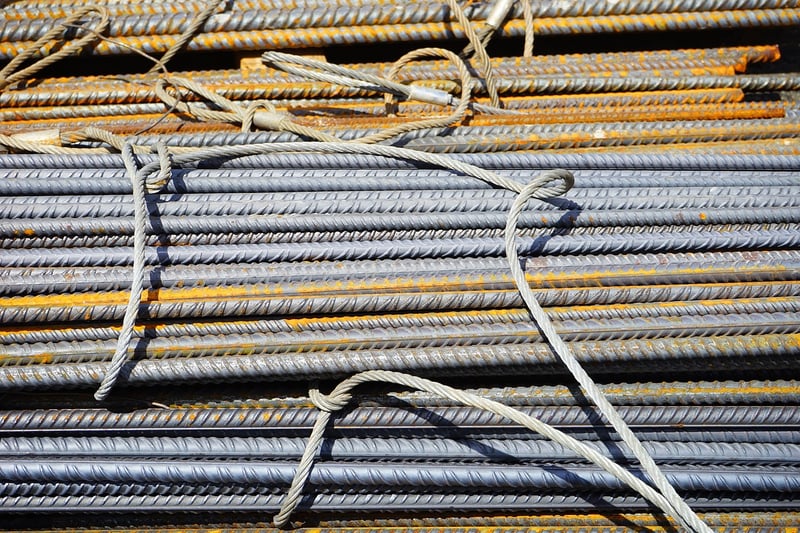Structural Considerations
Setting Up Vertical Gardens: Structural Considerations
Welcome to our guide on setting up vertical gardens and the key structural considerations you need to keep in mind. Vertical gardens are a fantastic way to bring greenery into small or urban spaces, adding beauty and improving air quality. Let's dive into the essential steps and considerations for creating your own vertical garden.
1. Location and Support
Choose a location that receives adequate sunlight for the plants you intend to grow. Ensure there is easy access to water for irrigation. When it comes to support, consider the weight of the plants and the structure. Strong support against a wall or free-standing frameworks are common choices.
2. Plant Selection
Choose plants that thrive in vertical environments, such as ferns, succulents, herbs, and trailing plants. Consider the mature size of the plants to ensure they have enough space to grow vertically without overcrowding.
3. Irrigation System
Installing a reliable irrigation system is crucial for vertical gardens. Options include drip irrigation, self-watering systems, or manual watering. Consider factors like water pressure, timer settings, and the water needs of your plant selection.
4. Drainage
Proper drainage is essential to prevent waterlogging and root rot. Use a suitable growing medium that retains moisture while allowing excess water to drain effectively. Incorporate drainage trays at the base of the vertical garden to catch excess water.
5. Maintenance and Access
Regular maintenance is key to keeping your vertical garden thriving. Ensure easy access for pruning, fertilizing, and replacing plants as needed. Consider the height of the garden and make provisions for safe and convenient maintenance activities.
6. Aesthetics and Design
Consider the overall design and aesthetics of your vertical garden. Incorporate different plant textures, colors, and arrangements to create an eye-catching display. Use a mix of trailing, upright, and bushy plants for depth and visual interest.
7. Sustainability
Opt for sustainable practices when setting up your vertical garden. Use eco-friendly materials for the structure, consider water-saving irrigation systems, and choose native plants that require less maintenance and water.
Conclusion
By following these structural considerations and steps, you can create a stunning and functional vertical garden in any space. Remember to tailor your choices based on the available light, space, and your plant preferences. Get creative and enjoy the process of bringing nature into your surroundings!

Image Source: Pixabay
